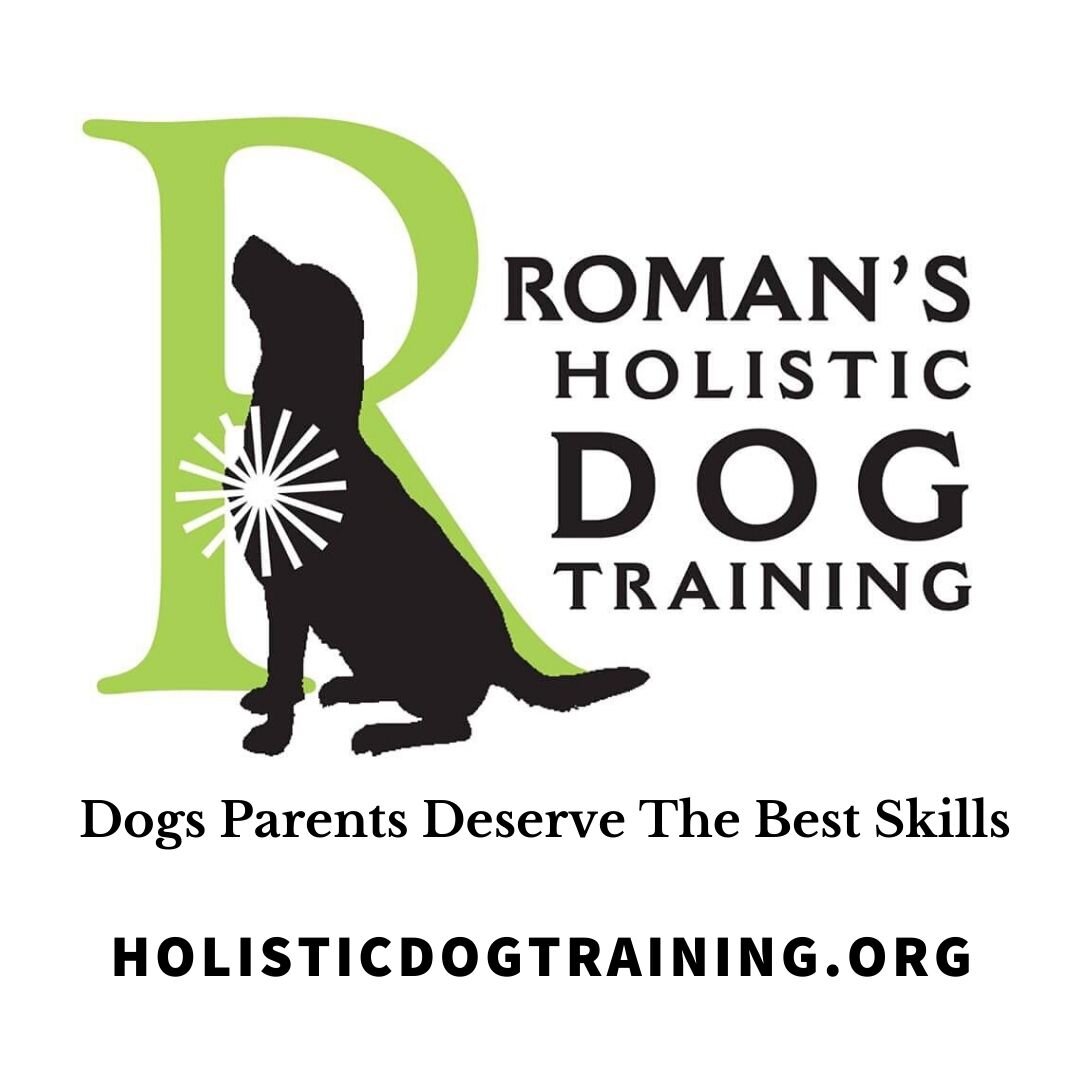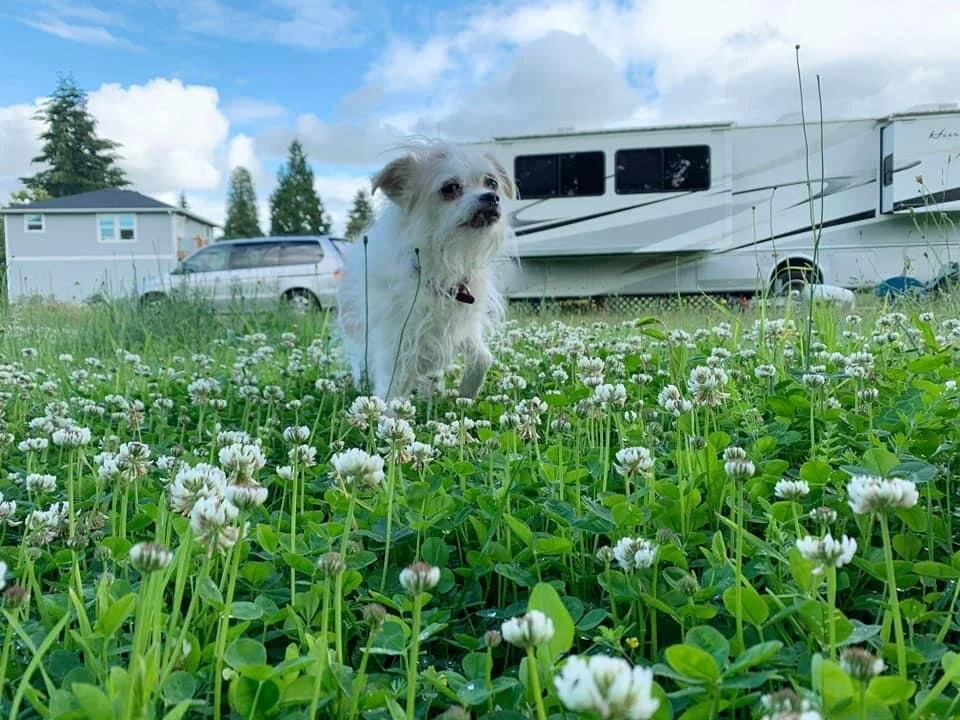I have worked with dogs in the past that have shown symptoms that i only saw with children with ASD. It took me a while to see the connections. There was no literature about this in the Veterinary community that would look into canine behavior, so i thought i gather some information from human sources that from my experience describe the problems i have observed.
If you have a dog with Autism Spectrum Disorder like symptoms, or know someone who does, you know that communication with the dog is a constant issue for many, and it is a skill that takes many years to perfect. Many dog parents are unsure how to best support their puppy's development, and even how best to interact, train, and have kids play with their dog. Others don't even know they have a dog with autism like disorder. If you are unfamiliar with communication problems in dogs with ASD,
In order to improve communication skills in dogs with ASD like symptoms, you must first understand the different stages of communication development. Every dog will develop at a different pace, so don't compare your dog to others you know, or to any set timeline. Celebrate your dog's accomplishments and be supportive through the hardships, and do not forget to educate people around your. You will be a happier and more effective carer because of it.
Understanding Communication Problems will help you better navigate your dog through his development stages.
Let's look at the types of communications.
Types of Communication
Pre-intentional Communication
Pre-intentional communications are things a dog will do or verbalize without intending to affect the people around them. This is used to calm or focus oneself, or as a reaction to a stimulating experience. (scratching, whining, staring at items)
Intentional Communication
Intentional Communications are made when the dog wishes to communicate with another dog or person, either to express needs or ask for instructions or solutions. The step from pre-intentional communication to intentional communication is a large one, and is a sign of progress in dogs that come from a feral or shelter environment .
The 4 Stages of Communication
1) 'ME' stage
Dogs in the 'ME' stage will be self-absorbed, using mostly pre-intentional communication and generally avoiding eye contact and interaction. It’s all about fulfilling his own need, ignoring others. Example pushing you aside to get out the door. Push others aside to get to the food bowl or treat.
2) 'Want' stage
Once a dog realizes his or her actions have an effect on other people, he/she is in the 'Want' stage. They may communicate basic wants or needs by pawing or pulling towards things and attempting to get others' attention. (nosing, pawing, barking for attention, mouthing, scratching at items or feet etc.)
3) 'Two-way' stage
A dog in the 'Two-way' stage will start asking for things, and may whine,paw or poke. They will use obedience tasks they've learned or saw to ask for specific things. They will shift their gaze more and might point to things (turning the head towards it, while body is aligned to you) they want to show the handler. Dogs point with their head or poking nose or align themselves towards the item they want example if dog wants to go for a walk he/she might stand at the door that leads to leash.
4) 'Conversation' stage
A dog in this stage will have become an effective communicator, able to hold a simple conversation in a calm and comfortable environment, for example in a fetch game, or walk, in the hallway or in the dining room. New or stressful environments may cause the dog to revert to repetitive actions, spinning pacing, barking ( stuck in a loop), or ignore commands in a normal setting.
“Generalization can tell you about how [children] learn, because you can look at the way they are able to transfer what they learn in one particular state to another,”
Stressors that can interfere in communications are:
Unstructured Time:
Unstructured time that has no specific rules or activity which creates boundaries or limits can be very challenging. Examples of unstructured time are:
Waiting for walk or food
Before and after feeding or play time
Transitions throughout the day (place to place, person to person, task to task)
Social gatherings ( dog parks, pet store, visitors)
Recess (withdraw a regular interaction like skipping a walk )
New obedience skill or complex task.
Learning Situations:
Understanding what to do and how to do a task
New command
New routine
At the vet or new people
Change of safe space or bed
Sensory issues:
Can be triggered almost any time or anywhere on a daily basis. Whether the individual dog is experiencing an anxious moment or not, sensory integration challenges can overpower a dog’s ability to control him or herself. Sensory situations that may provoke anxiety can include:
Crowded house, busy school bus stop, vet trips, pet store, etc.
Space—too large, too crowded, too bright, too loud, too smelly, etc.
Sounds/noise- tags on bowl, door bell, vacuum, engines or carts, skateboards or garbage trucks or delivery.
Natural disasters or storms
Smells-cooking, treats, cleaning materials, detergent , paints, colognes,
Food—sight, texture, taste, smell, sound of collar tags against food bowl or while walking.
Allergies or medical issues
Grooming and bathing- some dogs might be sensitive to water pressure or brush it ‘hurt’ their bodies
Collar —too tight, scratchy
Bedding - to hard, to soft, to light.
Social situations:
are already challenging for dogs with ASD and can increase anxiety in the moment or even in anticipation of an upcoming event. Some examples include:
Unexpected cues
Unannounced visits
Changes in plans—changing walking routine or interrupted
Changed Feeding time in the morning while people move
Outdoor activities—dog park, busy trails
Large gatherings—training classes , family gatherings
Young children (who are unpredictable in many ways)
Initiating a play with a peer or stranger
Changes of expected outcomes of exteroceptive proprioceptive sensory
Dogs with ASD rely on their on their structured and safe environment. If changes occur things can become challenging:
Missing furniture in a room
Strange people entering home with house keys or through garage door
Handler changes hairstyle or color
Items do unexpected move or noise (that include Babies)
Driving over rough terrain
Peer changes outlook ex. After grooming or body coat





